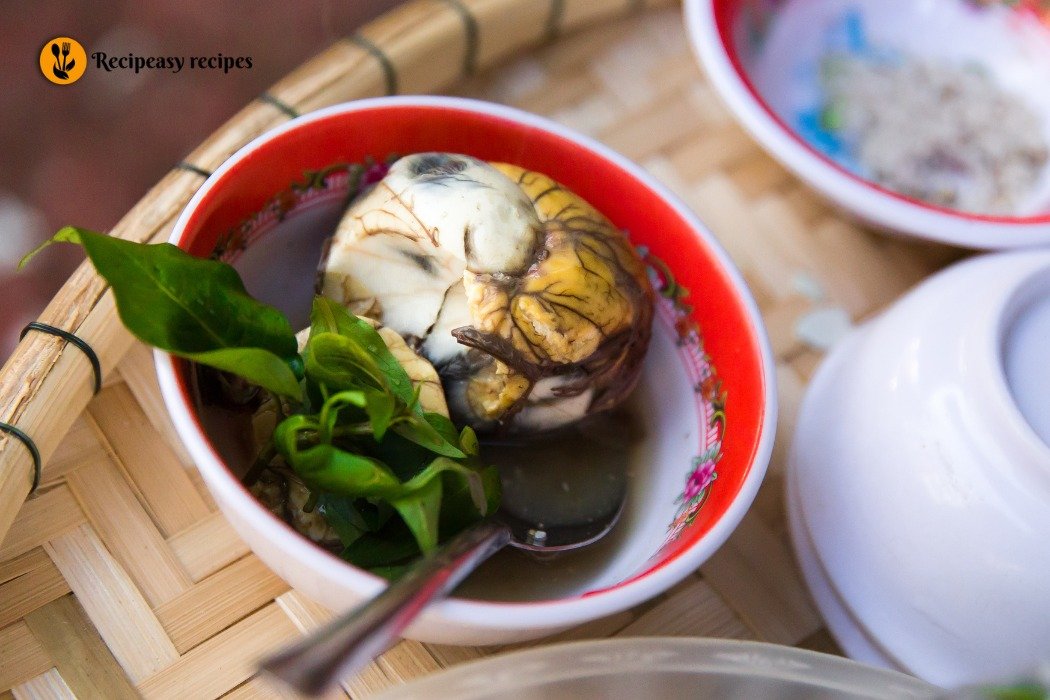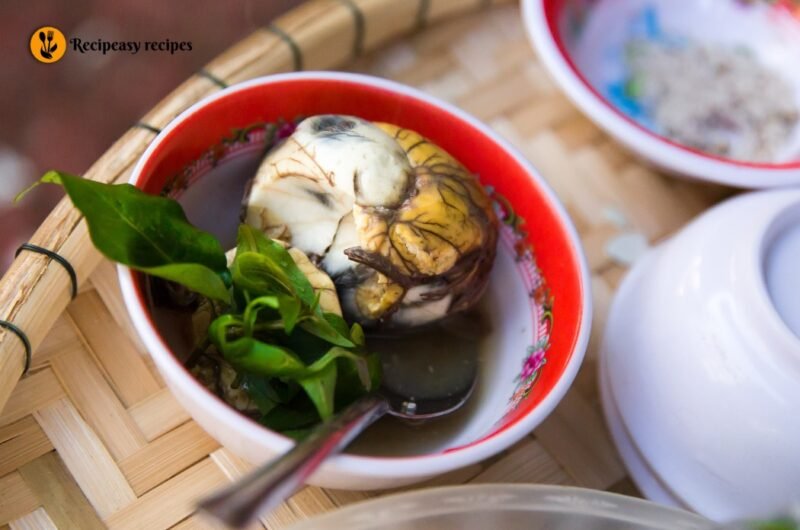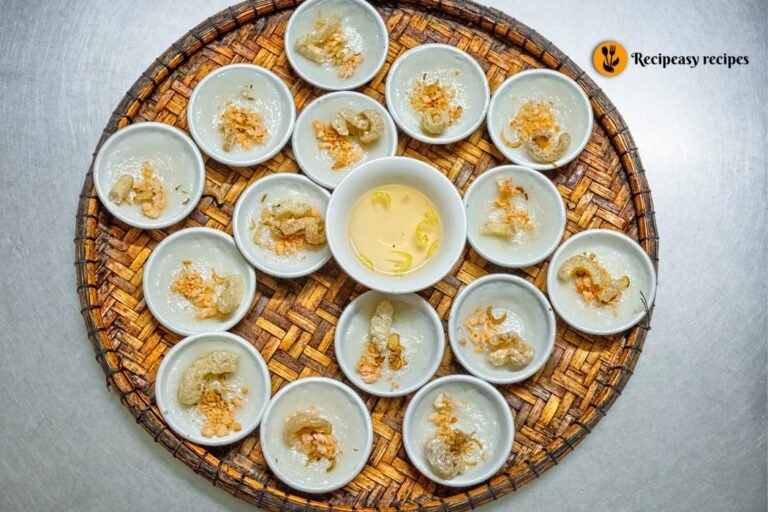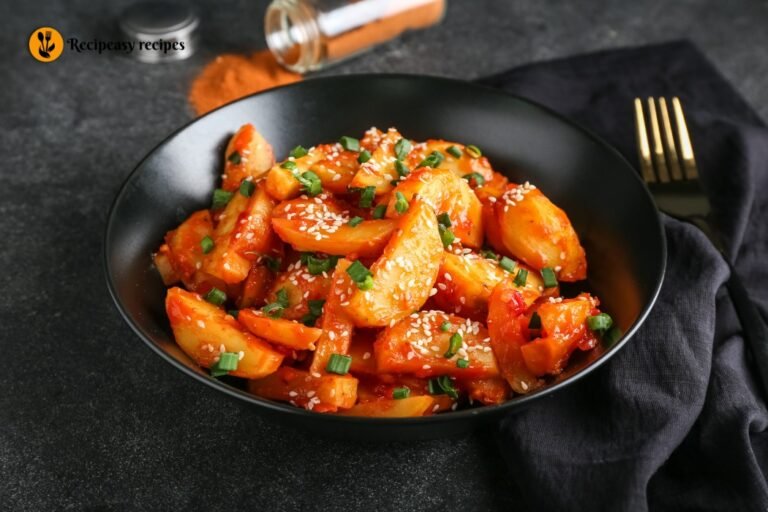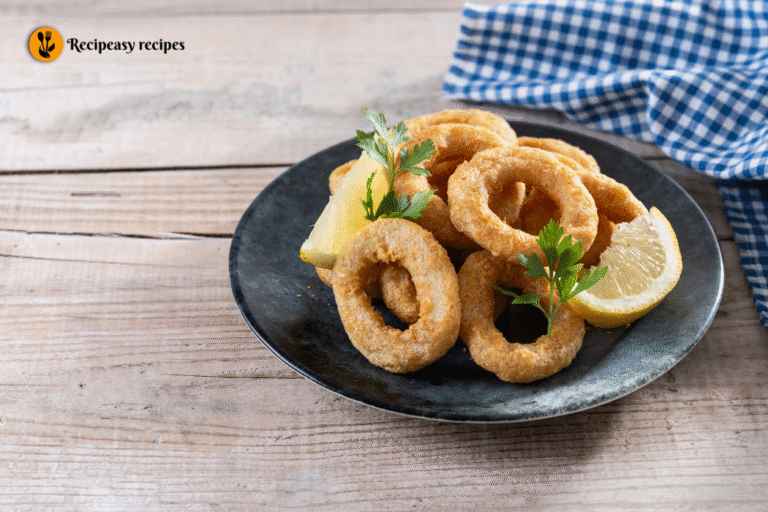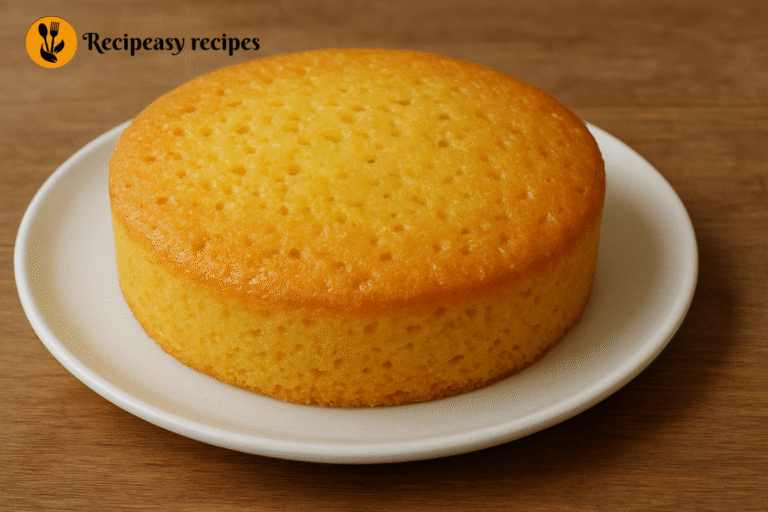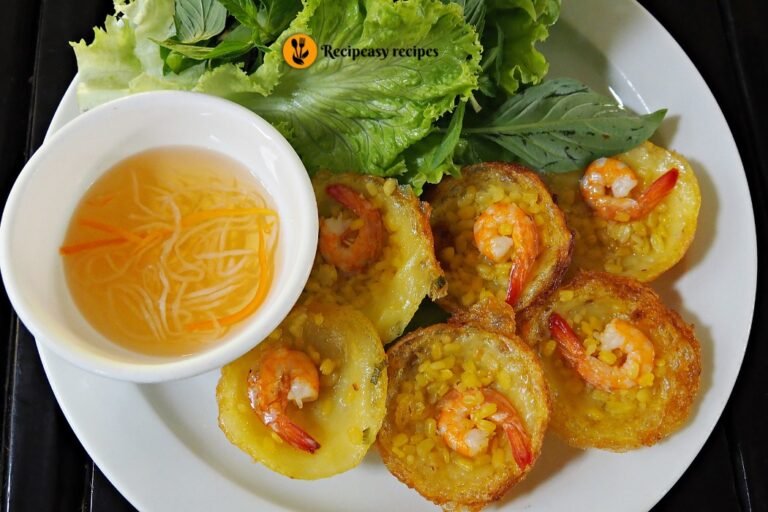Balut Recipe Traditional Filipino Street Food at Home
I still remember the first time I tried a balut recipe. The shell was warm in my hands, the aroma was unfamiliar, and my heart was beating a little faster than usual. But once I cracked the shell, sipped the warm broth, and tasted that creamy yolk, I was surprised pleasantly.
The balutrecipe is one of the most unique food experiences I’ve had, and if you’re open to something new, this traditional Filipino delicacy will leave a lasting impression.In this guide, you’ll learn everything about this recipe from its cultural roots to how you can make it at home, step by step, with ease.
History of Balut Recipe
Balut originated in the Philippines but has roots in Chinese culinary traditions. It was introduced during the Ming Dynasty and quickly adopted by Filipinos. Over centuries, it evolved into a street food favorite, particularly in places like Pateros a town known for high-quality duck egg production.
What Is Balut Recipe?
Balut is a fertilized duck egg that is typically incubated for 14 to 18 days before boiling. Inside the shell, you’ll find a partially developed duck embryo. Though it may sound unusual, this delicacy is known for its tender texture and rich, savory taste.
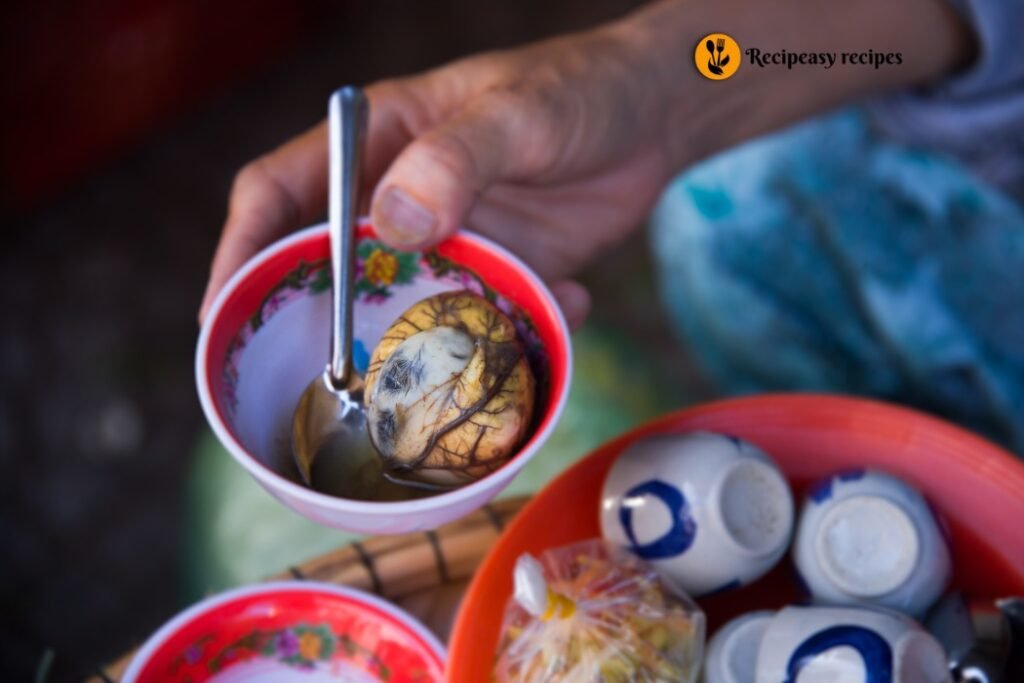
This dish holds cultural importance in Southeast Asia, especially in the Philippines. It’s often eaten as a warm evening snack, seasoned with salt, vinegar, or a touch of lime and chili, and enjoyed straight from the shell..
Why Try the Balut Recipe?
- It’s packed with protein, iron, and calcium.
- It offers a truly authentic Filipino food experience.
- It’s filling and flavorful.
- It’s a fun, memorable dish to try with friends or family.
- You’ll gain confidence by cooking something unique and traditional.
Equipment You’ll Need
- Incubator or warm box To keep the eggs at a steady 37–38°C for development.
- Clean towel or cloth Helps insulate and retain heat.
- Cooking pot For boiling the eggs.
- Slotted spoon Safely removes hot eggs from boiling water.
- Flashlight (optional) Used to check embryo development during incubation (called candling).
Ingredients for Balut Recipe
- 6 to 12 fertilized duck eggs (10–12 days old when purchased)
- Water for boiling
- Optional toppings:
- Salt
- Vinegar
- Lime
- Chili
Step-by-Step Instructions How to Cook Balut Recipe
Step 1: Incubate the Eggs:
- Place the duck eggs in a warm incubator or insulated box.
- Maintain a temperature of 37–38°C (99–100°F).
- Cover with a towel or cloth to help keep heat steady.
- Turn the eggs 2–3 times a day to prevent the embryo from sticking.
- Let them incubate for:
- 14 days if you prefer a softer, beginner-friendly version
- 18 days for a more developed, traditional taste
Step 2: Candle the Eggs (Optional)
- Go into a dark room.
- Shine a flashlight on the larger end of the egg.
- Look for a shadow inside, which confirms embryo growth.
- If no shadow after a week, the egg might not be viable.
- Gently rinse each egg under clean water.
- Fill a cooking pot with enough water to cover the eggs.
- Bring the water to a gentle boil.
- Use a slotted spoon to carefully lower the eggs into the pot.
- Boil for 25–30 minutes to ensure everything inside is cooked.
Step 4: Cool Slightly Before Serving
- Remove the eggs with a slotted spoon.
- Place them on a towel or rack.
- Let them cool for around 5 minutes just enough so they are warm but not too hot to touch.
- Hold the egg upright with the narrow end on top.
- Tap gently to make a crack.
- Peel a small section of the shell.
- Sip the warm, savory broth.
- Peel more of the shell to access the yolk and embryo.
- Add salt, vinegar, chili, or lime juice to enhance the flavor.
- Eat directly from the shell or scoop with a spoon.
Key Benefits of Eating Balut
Eating balut offers both nutritional and cultural benefits. It’s a rich source of essential nutrients and supports overall well-being. Here’s why you should include balut in your diet occasionally:
- High-quality protein that helps repair body tissues
- Natural source of vitamins and minerals
- May improve sexual vitality and energy levels (according to local belief)
- Provides a satisfying meal with minimal ingredients
- Offers a sense of connection to traditional Filipino cuisine
Nutritional Benefits of Balut
- Calories: 180–200 kcal per egg
- Protein: 14–17 grams
- Fat: 10–12 grams (healthy fats)
- Iron: Boosts red blood cell production
- Calcium: Strengthens bones and teeth
- Vitamin A & B: Supports vision, metabolism, and energy levels
How to Serve Balut Recipe?
To serve balut, gently hold the egg upright with the pointed end facing up. Lightly tap and crack the top of the shell, then peel it away just enough to create an opening. First, sip the warm and savory broth inside it’s rich in flavor and considered the best part by many.

After that, you can sprinkle a bit of salt or drizzle some vinegar over the egg. For a zestier flavor, squeeze fresh lime and add chopped chili. Once seasoned, continue peeling the shell and eat the yolk and embryo together while they’re still warm. Balut is best enjoyed as a quick snack or with drinks like coconut water or lemon soda.
FAQs
Q1: Can I reuse the incubator for future batches?
Yes! Just clean and disinfect it between uses.
Q2: Can I flavor the broth inside balut?
No need balut’s broth is naturally savory, but you can add seasoning after cracking it open.
Q3: What if the embryo looks too developed?
Try a less incubated egg next time (14–15 days). Appearance can vary by egg.
Q4: Is eating balut healthy?
Yes! It’s full of protein, iron, calcium, and vitamins A & B.
Q5: Is balut an embryo or a fetus?
It is a developing embryo, usually between 14 to 18 days old not yet a full fetus.
Conclusion
The balut recipe is more than a snack it’s a bold adventure in taste and culture. While it may seem intimidating at first, it’s worth every step once you understand the process. From carefully incubating the eggs to enjoying the rich flavors inside, balut connects you to centuries of Filipino tradition.
Whether you’re a food explorer, a cultural enthusiast, or just curious, this recipe opens your palate and mind. So go ahead try making balut at home. It’s not just a dish; it’s a story you’ll remember.
Balut Recipe Traditional Filipino Street Food at Home
Course: SnacksCuisine: Filipino / Southeast AsianDifficulty: Medium6–12
servings10
minutes30
minutes180–200 kcal
kcalA traditional Filipino balut recipe made with fertilized duck eggs. Learn how to incubate, boil, and serve this iconic street food at home.
Ingredients
6 to 12 fertilized duck eggs (10–12 days old when purchased)
Water for boiling
Salt
Chili
Vin
Directions
- Step 1: Incubate the Eggs:
Place the duck eggs in a warm incubator or insulated box.
Maintain a temperature of 37–38°C (99–100°F).
Cover with a towel or cloth to help keep heat steady.
Turn the eggs 2–3 times a day to prevent the embryo from sticking.
Let them incubate for:14 days if you prefer a softer, beginner-friendly version
18 days for a more developed, traditional taste - Step 2: Candle the Eggs (Optional)
Go into a dark room.
Shine a flashlight on the larger end of the egg.
Look for a shadow inside, which confirms embryo growth.
If no shadow after a week, the egg might not be viable. - Step 3: Boil the Eggs
Gently rinse each egg under clean water.
Fill a cooking pot with enough water to cover the eggs.
Bring the water to a gentle boil.
Use a slotted spoon to carefully lower the eggs into the pot.
Boil for 25–30 minutes to ensure everything inside is cooked. - Step 4: Cool Slightly Before Serving
Remove the eggs with a slotted spoon.
Place them on a towel or rack.
Let them cool for around 5 minutes just enough so they are warm but not too hot to touch. - Step 5: Serve and Enjoy
Hold the egg upright with the narrow end on top.
Tap gently to make a crack.
Peel a small section of the shell.
Sip the warm, savory broth.
Peel more of the shell to access the yolk and embryo.
Add salt, vinegar, chili, or lime juice to enhance the flavor.
Eat directly from the shell or scoop with a spoon.
Notes
- Use fresh duck eggs from a reliable farm.
- Keep incubation temperature steady.
- Turn eggs daily for even growth.
- Don’t overboil, or yolk will turn rubbery.
